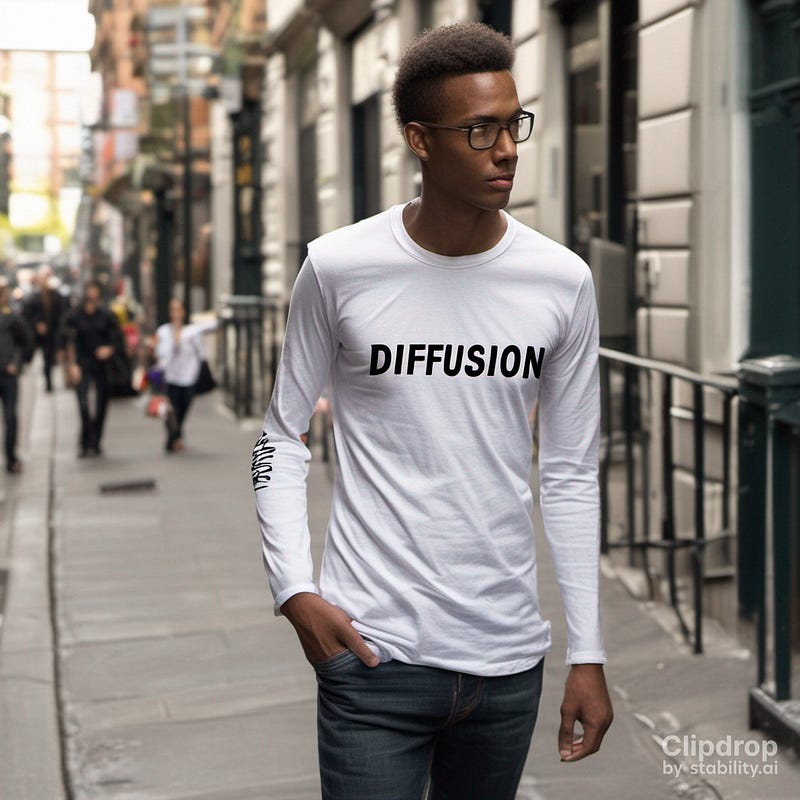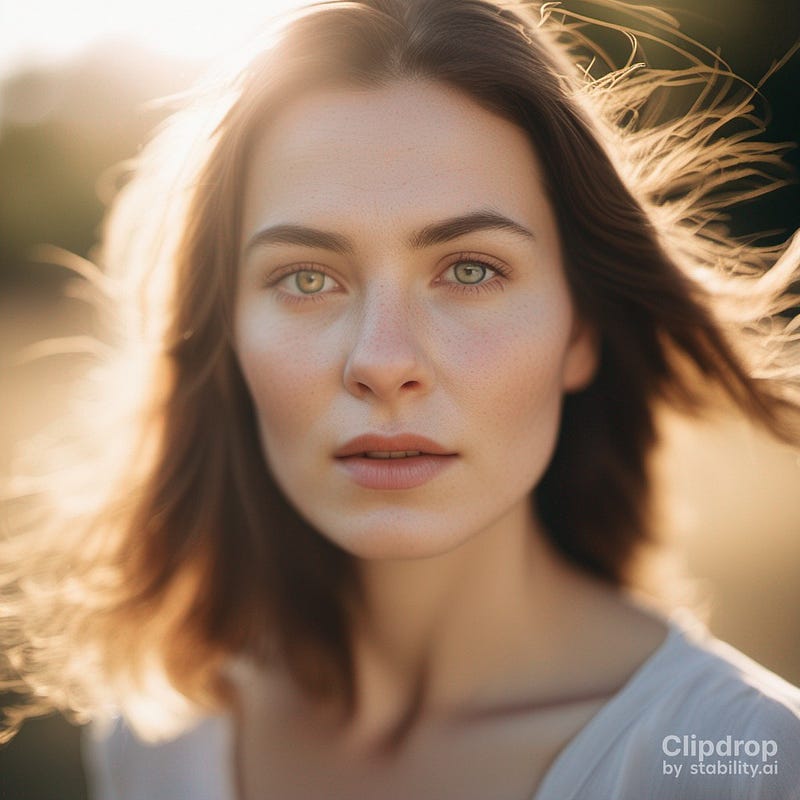Exploring the Advancements of SDXL 1.0 in AI Imagery
Written on
Introduction to SDXL 1.0
Stability AI has unveiled the much-anticipated Stable Diffusion XL 1.0, now available for public use. Users can experiment with its capabilities on Clipdrop.
According to Stability AI, SDXL 1.0 boasts several standout features, including:
- Enhanced photorealism
- Improved image composition and facial generation
- Efficient use of shorter prompts for more descriptive images
- Superior legibility in text generation
- Striking visual quality and aesthetics
After exploring these features for a few days, I am excited to discuss five key areas where SDXL 1.0 excels.
Limitations to Consider
Before diving into its strengths, it's essential to acknowledge its limitations, particularly in comparison to rivals like Midjourney and Leonardo.
SDXL sometimes produces inconsistent results, especially with facial features, limbs, and overall proportions. There can be a noticeable awkwardness in facial expressions and body posture. While SDXL can generate impressive results in artistic and surreal styles, Midjourney and Leonardo often deliver better quality.
I found that achieving the desired image with SDXL typically requires more iterations than with its competitors, although improvements are evident.
Key Improvements in SDXL 1.0
1. Enhanced Legibility of Text
Text generation in AI imagery is still developing, and while previous models like DeepFloyd IF showed some progress, it remains an area needing improvement. SDXL 1.0, however, demonstrates a significant leap forward. While it may still require some prompting, the ability to incorporate text into images is a marked enhancement.
Here are a few prompts I tested that successfully integrated text:
- A photo of a male model in a shirt featuring the word 'diffusion,' captured in natural lighting on a street.
- An image of a robot holding a sign that reads 'ban realism' at a protest.
- UFOs landing in a desert scene, including the phrase 'Non-Human Biologic.'

2. Photorealism
SDXL 1.0 significantly enhances the quality of photorealism. Improvements in lighting, composition, and tone are evident.
Example prompts include:
- A portrait of a couple on a city stoop, smiling, with clear facial features.
- An outdoor portrait of a woman smiling, captured with a 35mm lens.
- An image of an elderly man in a hat playing chess, showcasing natural lighting and clear details.

3. Realistic Food Imagery
Numerous mentions on social media highlighted SDXL 1.0's capability to generate high-quality food images. I decided to explore this myself, and the results were impressive.
Sample prompts included:
- A realistic image of a juicy steak with potatoes and a glass of wine.
- A close-up of a decadent chocolate mousse cake.
- A delicious-looking sandwich hero, captured in high quality.

4. Rich Visuals with Dramatic Lighting
Lighting plays a crucial role in image composition. SDXL 1.0 excels in utilizing light effectively, leading to striking results.
Example prompts:
- A portrait of a woman illuminated by natural sunlight, highlighting her facial features.
- An image of a bee in a glass jar, showcasing lens flare and reflections.
- A bear captured in bright sunlight, emphasizing natural light.

5. Vibrant Color Generation
SDXL 1.0 produces rich, vibrant colors that enhance visual appeal without veering into oversaturation, resulting in harmonious compositions.
Prompts that showcase this include:
- A colorful photo of Barbie dressed as Captain America.
- A psychedelic image of a woman in a vivid forest.
- A dynamic image of a UFO taking off amid colorful lights and smoke.

Final Thoughts
SDXL 1.0 represents a significant advancement from earlier versions of Stable Diffusion. As an open-source and commercially available tool, it promises a wealth of upcoming innovations. While it may not yet match the capabilities of competitors like Midjourney and Leonardo, the gap is narrowing quickly. These five improvements elevate the standard for AI-generated imagery.
SDXL 1.0 will certainly become a staple in my generative image toolkit. If you enjoyed this article, please show your support with claps, comments, and be sure to follow.

Stay Connected
This article is published on Generative AI. Follow us on LinkedIn for the latest AI insights and developments. Let’s collaborate to shape the future of AI together!
